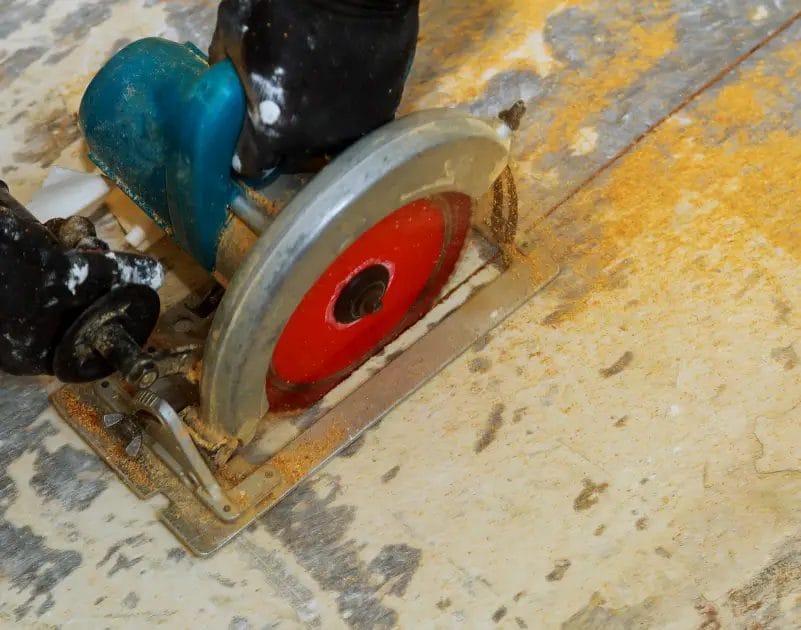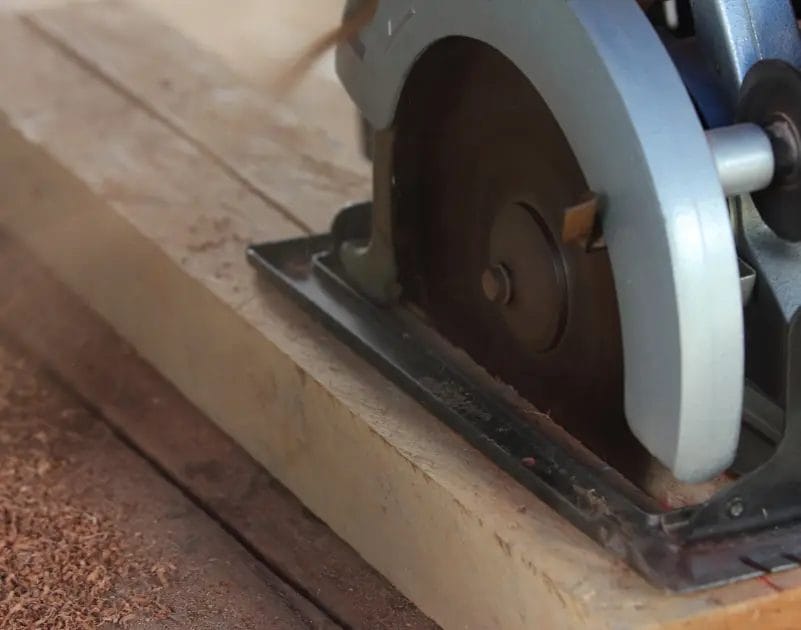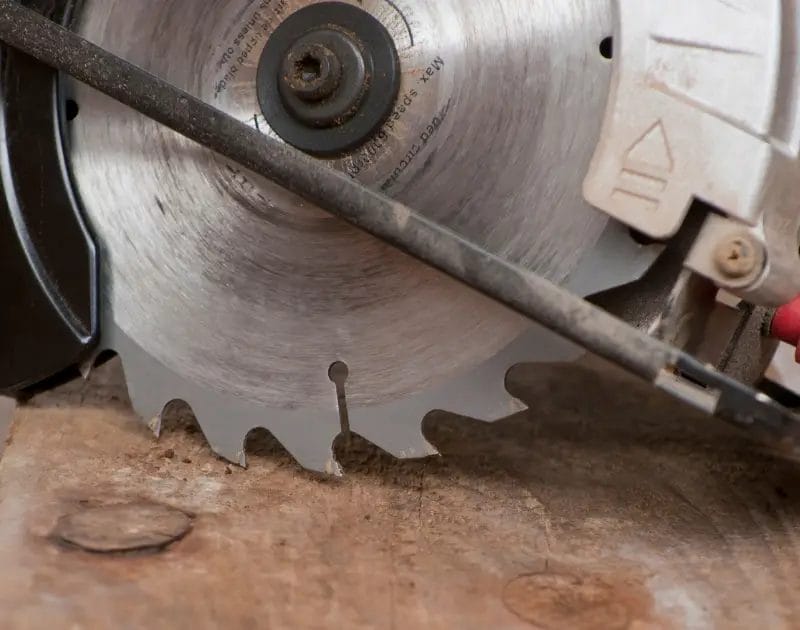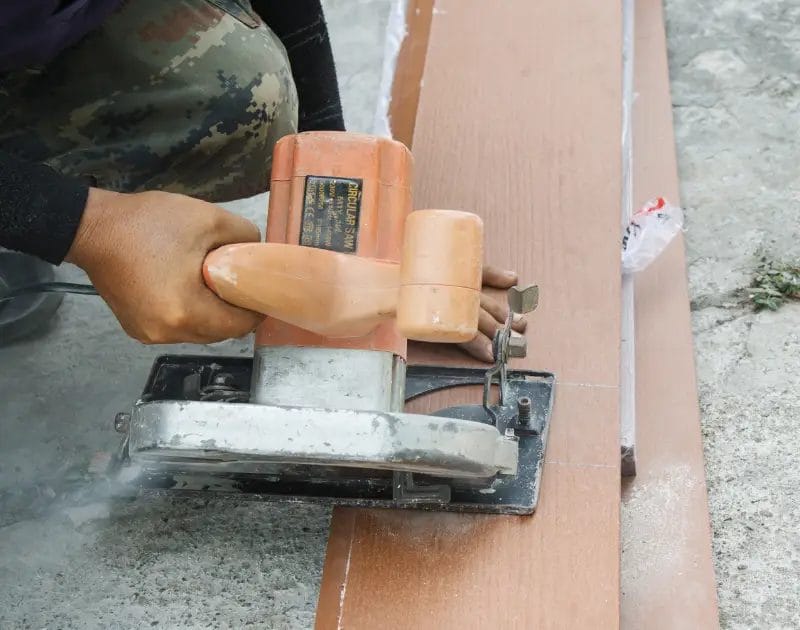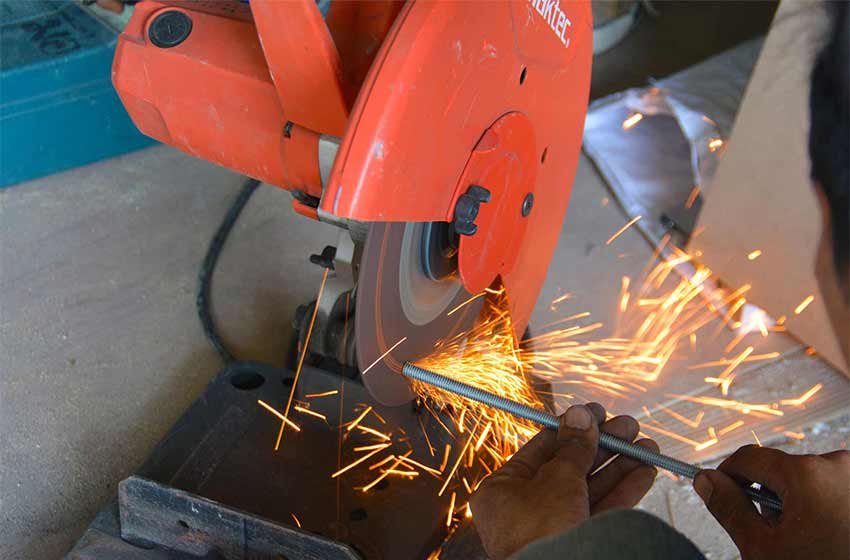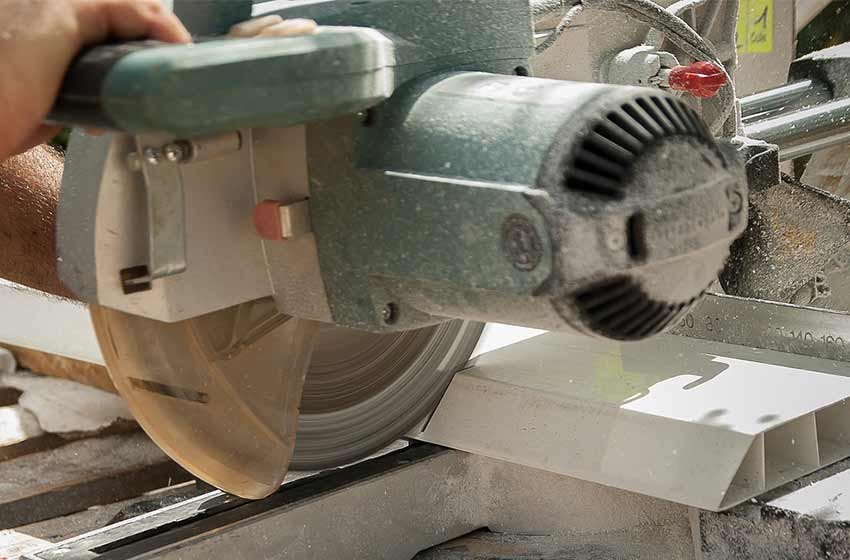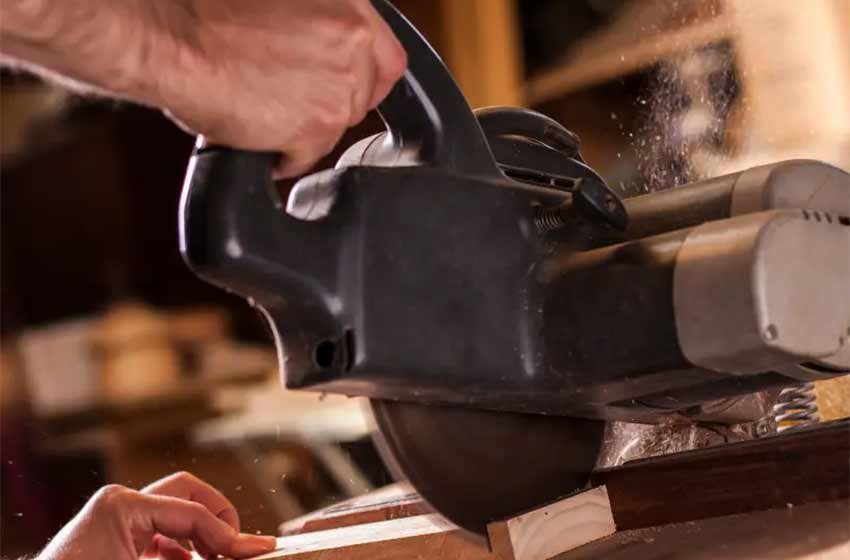Our Guide To Ripping Narrow Boards With a Circular Saw
Ripping narrow bits of wood boards with a circular saw is not an easy job, the cutting process requires a lot of precision and can be a difficult process to keep the saw on the straight guide you measure.
To rip a narrow piece of board with a circular saw you need to make sure you have safety equipment and a sacrificial wood platform underneath the piece of wood which is larger, you will also need to measure narrow pieces for cutting guides and use clamps for stability.
So as you can have an easy time ripping your narrow boards, we have put together a small guide below that will cover everything you need to know about ripping a piece of wood, including how to do it safely with our best tips.
Is Ripping a Narrow Board With a Circular Saw Difficult?
Ripping a piece of wood can be difficult with a circular saw, mainly because typical guides can be hard to follow with a circular saw without a stable platform and clamps can often get in the way of the powerful motor and your cut.
The best way to rip for cuts through boards is to clamp the circular saw to a platform on a table then let the circular saw blade rotate underneath the sole of the machine, this makes it easy to pass the wooden board through with ease, cutting in a matter of seconds.
Our Step By Step Guide To Ripping Your Piece Of Wood
A circular saw is not a beginners woodworking tool, so it's important you get to know your tool and exactly how to use it before ripping chunks of wood.
We have listed a simple step by step guide below to show you how to use your circular saw blade to rip wood.
Tools Needed
- Pencil for marking measurements.
- Clamps.
- Measurement tape.
- Stand.
- Speed square.
- Larger piece of sacrificial board for support.
Step By Step
- Step one - First of all, before you start cutting any chunk of wood you want to ensure that the supporting slab of wood underneath is bigger than the longboard you are cutting, this should also be thick, but not expensive.
- Step two - Clamp the board on the platform you have measured and make sure the sole is clamped too so the entire blade can pass through the uncut wood with ease.
- Step three - Find the front of your circular saw and feed a sacrificial piece of wood into the blade to reference cut with the sharp blade, after doing this you can then measure the thickness of the cut and adjust the front according to the thickness you need on the larger board.
- Step four - To avoid warping the blade during the cutting process make sure the circular saw blade is parallel to the face of the platform. Use another sacrificial piece of wood and push into the blade at the front of the saw, turn it over so as the reference cut is on the underside of the wood.
- Step five - Take this sacrificial piece of wood and feed it through the blade from the back of the unit with blade guard out of the way for the other reference cut, both of these reference cuts should meet up at the same point to show that the blade is parallel.
- Step six - Adjust the height of the circular saw blade, to do this drop the saw blade down to the table surface and check if you can slide a piece of paper just under the blade.
- Step seven - Wear your PPE and turn the trigger of your machine on to start the circular saw blade up, feed the board slowly through the blade to ensure an accurate cut.
Safety Tips For Using a Circular Saw To Rip
Now we know how to rip a board with our circular saw you need to make sure you are doing this cutting process in the safest way possible to avoid accidents or damaging the board itself.
We have bullet pointed our essential safety tips for ripping narrow boards below.
- Use protective gear - Wearing protective gear such as goggles, masks and ear protection is essential when operating a circular saw, a piece of wood will create sawdust when rip cut so it is important to protect your lungs.
- Operate with two hands - Two hands are needed for rip cutting with a circular saw, failure to do so will lead to instability and you will have a greater chance of producing an inaccurate cut.
- Ensure the blade is sharp - Trying to cut your narrow board with a dull circular saw blade is not recommended, doing so can damage the blade itself and the saw. Always sharpen your blade beforehand.
- Inspect the saw - Before operating your circular saw you should make sure the machine is working fine and the blade is operating how it should be.
Frequently Asked Questions About Ripping Narrow Boards With a Circular Saw
How much does a circular saw cost?
A decent circular saw model will set you back around £50-£100.
What else can I use for ripping boards?
Table saws tend to be the best for ripping boards as they provide better accuracy and stability thanks to their table.
Can I make a rip cut without clamping my workpieces?
No trying to make a rip cut without clamping your workpieces or guide down is one of the biggest mistakes for skilled woodworkers, your cut will more than likely be inaccurate if you do this.
What are some essential tips for ripping wood?
Some great tips for ripping wood are; using an 8d nail as a third hand by driving it through the board and sawhorse to keep everything stable, making a push block to keep your hands away from the saw and mounting a feather board for even more accurate rips. Feather boards will come in handy if you are trying to make rip cuts for doors or cabinets that need an accurate angle.
Last Words
Overall, ripping narrow boards with a circular saw is not an easy task, but can be achieved if you take the right safety precautions, measure and mark your lines, clamp your work and follow your guide. Always take time before making your cut to find a solid supporting board and make reference cuts to ensure your saw is in the right position.
